According to the Department of Science and Technology of Ho Chi Minh City, this is an important event, not only creating a forum connecting the "three houses" including the State, Scientists and Enterprises, but also officially launching the program to develop human resources in semiconductors - electronics for the period 2025-2030, opening a strategic direction for the Vietnamese semiconductor industry.
Speaking at the event, Mr. Nguyen Huu Yen, Deputy Director of the Department of Science and Technology of Ho Chi Minh City, emphasized that the semiconductor industry is the "bloodline" of the global economy , playing a fundamental role in high-tech fields such as artificial intelligence (AI), Internet of Things (IoT), big data or smart electronic devices.
Members performed the signing ceremony of the agreement to establish the Ho Chi Minh City Semiconductor and Electronics Human Resources Research and Training Alliance (ARTSeMi).
As the leading economic, scientific and technological center of the country, Ho Chi Minh City has identified the development of the semiconductor industry as not only an opportunity but also a historic responsibility. The city has issued two strategic plans, focusing on three pillars: human resource development, infrastructure construction, investment attraction, and at the same time forming an innovation ecosystem and expanding international cooperation.
According to Plan No. 1231/KH-UBND dated February 24, 2025, Ho Chi Minh City aims to train at least 9,000 university-level or higher human resources for the semiconductor industry by 2030, build an international-standard research and development (R&D) center, expand the High-Tech Park and attract more large FDI projects.
At the same time, Plan No. 4354/KH-UBND dated June 14, 2025 also identifies the target of economic growth based on science and technology, in which by 2030 total factor productivity (TFP) will account for more than 55% of GRDP growth rate and the semiconductor industry is one of the priority platforms.
Mr. Nguyen Huu Yen said that Ho Chi Minh City has many advantages thanks to the strong direction from the Central Government and the City, the presence of many universities, research institutes, dynamic young human resources, and the support of the business community through HSIA and the High-Tech Park (SHTP).
However, the industry still faces challenges in terms of quantity and quality of human resources, large capital needs for infrastructure, need for breakthrough policy mechanisms to attract talents, investment projects and especially closer links between the State, institutes and enterprises. Therefore, the birth of the ARTSeMi Alliance is expected to become a "common home" for parties to cooperate, share responsibilities, promote research, transfer technology and train a generation of golden human resources for the Vietnamese semiconductor industry.
Mr. Nguyen Van Hieu, Chairman of HSIA, added that in 2024, Vietnam's electronics industry exports will reach more than 134.5 billion USD, accounting for more than 1/3 of the country's total export turnover. In the first 5 months of 2025 alone, this figure continued to increase sharply, reaching more than 60.8 billion USD, an increase of 39% over the same period in 2024.
If domestic enterprises soon master the technology of designing and manufacturing common chips, Vietnam will immediately have a large domestic market, contributing to increasing the localization rate, improving production value and national competitiveness. ARTSeMi will gather research, training and production units in the fields of semiconductors and electronics, carrying out strategic tasks for the period 2025-2030, in line with the orientation of the Government and Ho Chi Minh City.
During the discussion, Mr. Nguyen Anh Thi, Assistant to the Chairman of the Management Board of the Ho Chi Minh City Center for the Fourth Industrial Revolution (HCMC C4IR) emphasized that to develop the semiconductor industry, it is necessary to build technological capacity through international cooperation, technology purchase and investment in R&D. He said that the experience from Taiwan and Malaysia shows that investing billions of USD in R&D is the key to improving technological capacity, and at the same time, a long-term roadmap of about 10-12 years is needed to succeed.
Also at the seminar, experts, businesses and schools/institutes discussed many important topics such as challenges of global semiconductor technology, development orientation of Vietnam's semiconductor - electronics industry, short-term training courses on semiconductor technology and components according to business orders, and solutions for developing microchip human resources in the period of 2025-2030.
Mr. Le Truong Duy, Director of HCMC C4IR, emphasized that the establishment of ARTSeMi is an important step, demonstrating the consensus of action between the State, enterprises and universities in developing high-quality human resources. The Center will accompany the Alliance in structuring R&D programs, developing national products, building interdisciplinary - inter-regional R&D alliances and promoting international cooperation.
At the end of the event, Mr. Nguyen Huu Yen affirmed that the Department of Science and Technology of Ho Chi Minh City will continue to listen, synthesize comments and advise the City's leaders to promptly issue appropriate policies, creating favorable conditions for the sustainable development of the semiconductor industry.
Source: https://doanhnghiepvn.vn/cong-nghe/tp-ho-chi-minh-thanh-lap-lien-minh-ve-nghien-cuu-va-dao-tao-luc-nhan-ban-dan-dien-tu/20250822025015566


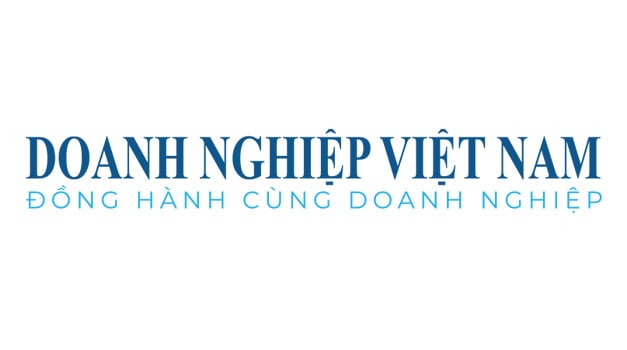


![[Photo] President Luong Cuong receives delegation of the Youth Committee of the Liberal Democratic Party of Japan](https://vstatic.vietnam.vn/vietnam/resource/IMAGE/2025/8/22/2632d7f5cf4f4a8e90ce5f5e1989194a)


![[Photo] Prime Minister Pham Minh Chinh chairs the conference to review the 2024-2025 school year and deploy tasks for the 2025-2026 school year.](https://vstatic.vietnam.vn/vietnam/resource/IMAGE/2025/8/22/2ca5ed79ce6a46a1ac7706a42cefafae)



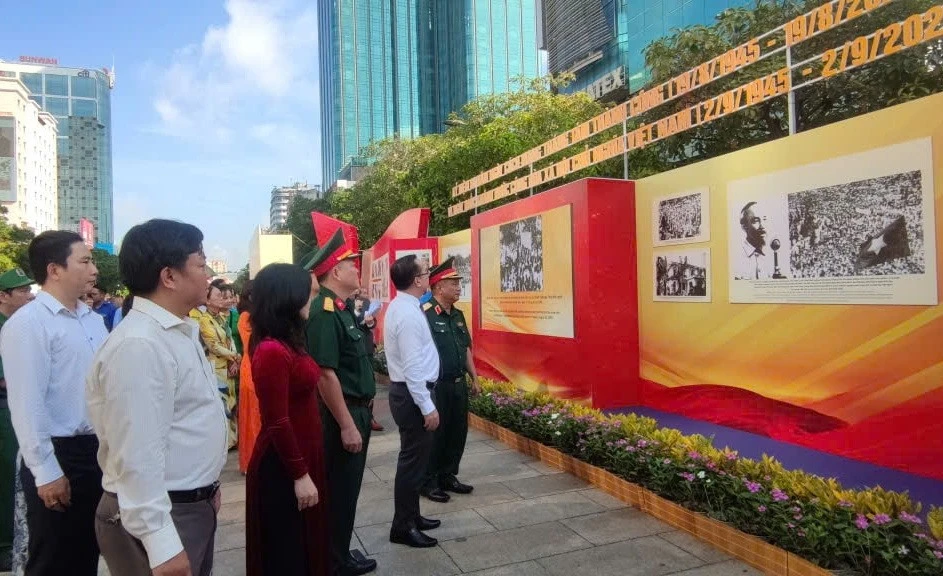





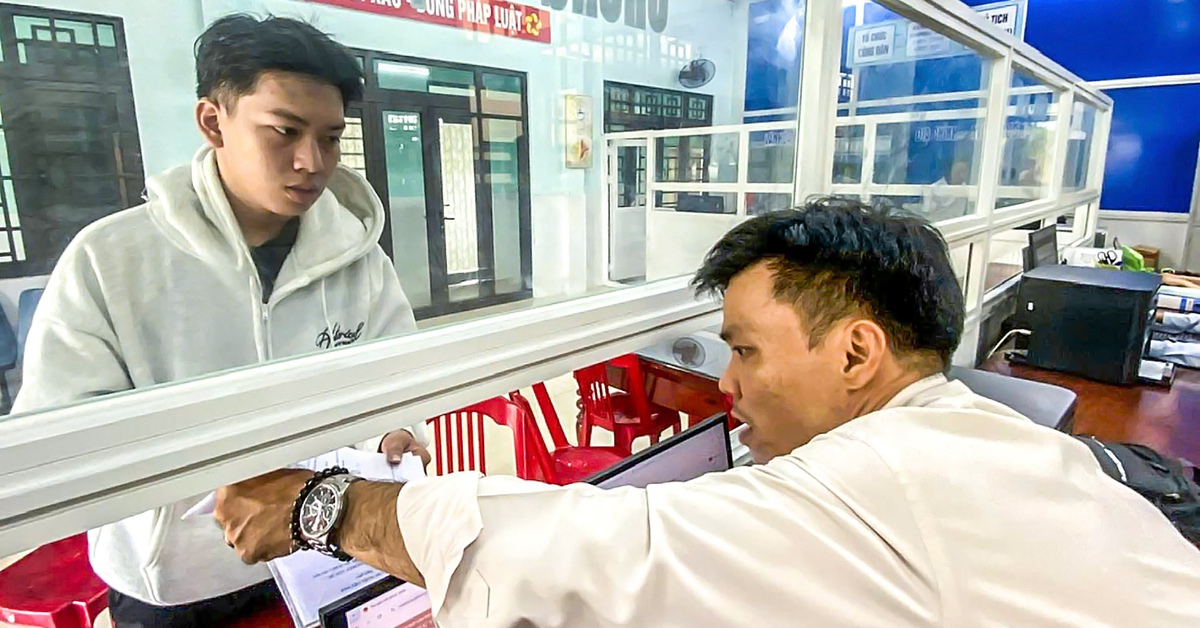
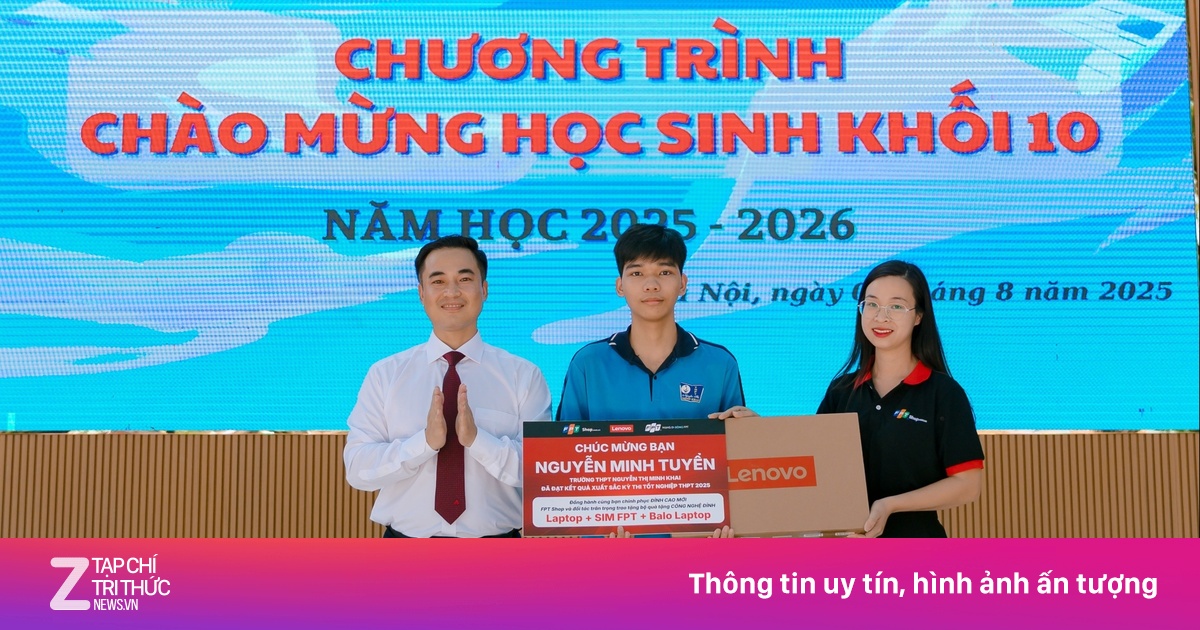


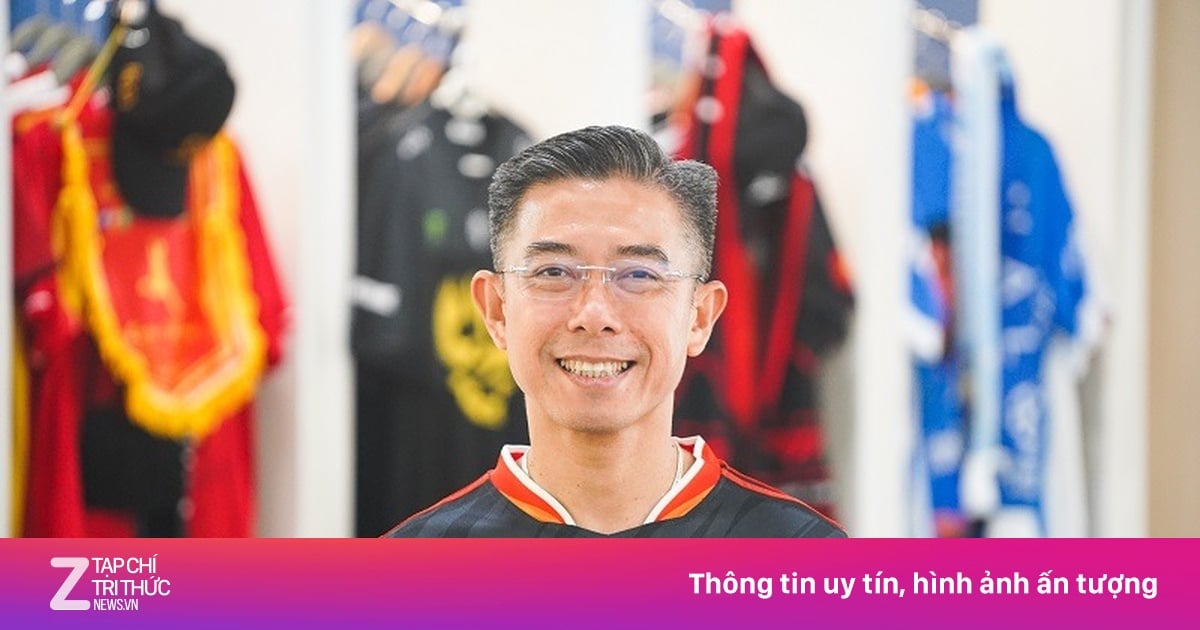







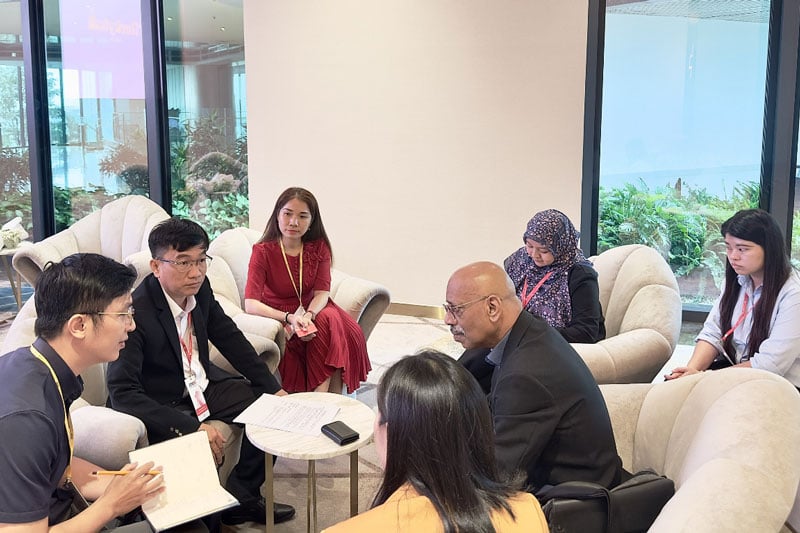
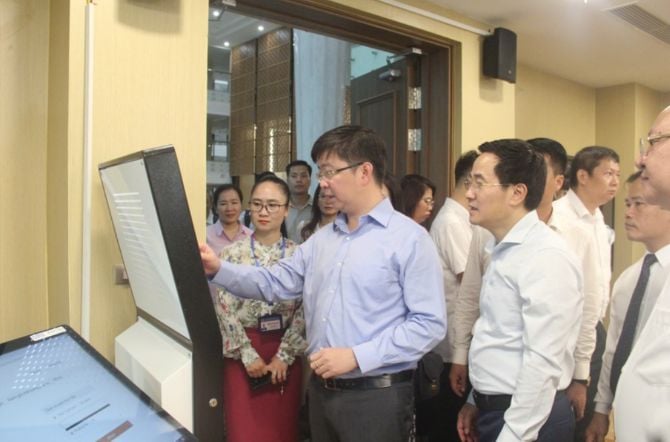
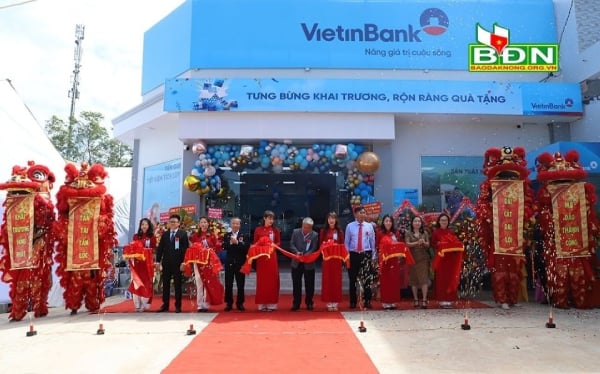

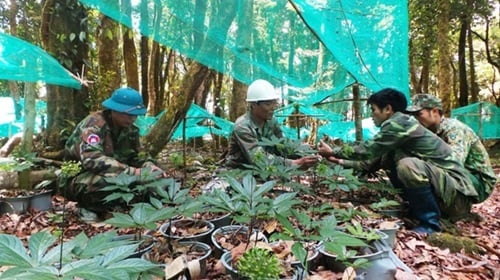































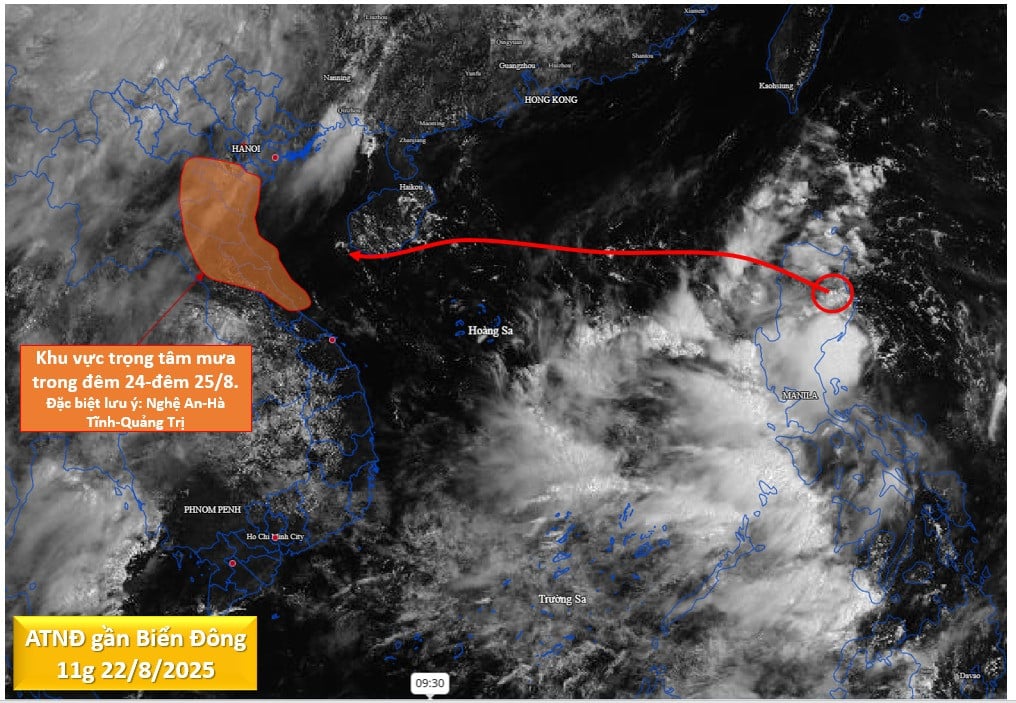
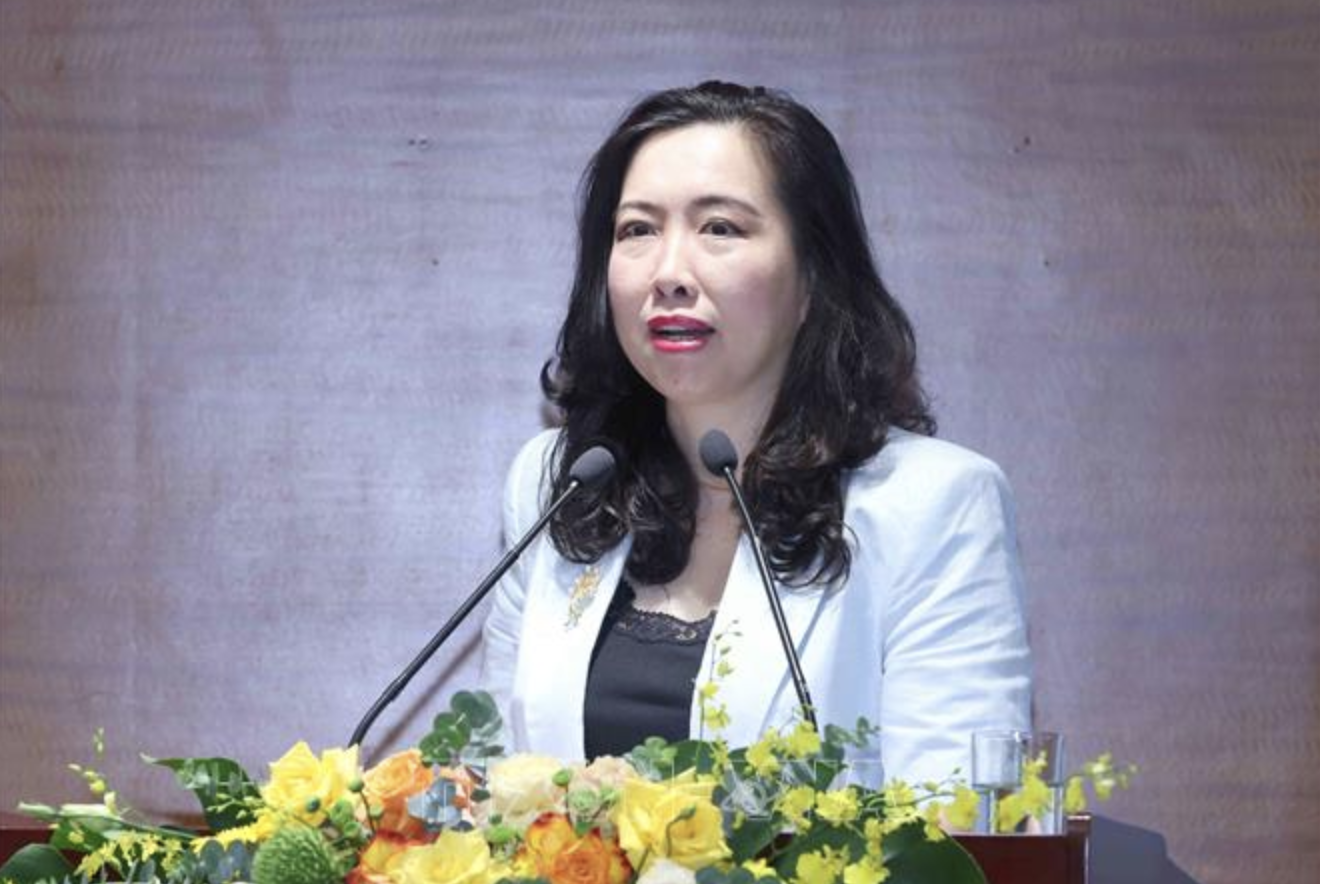
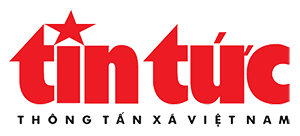



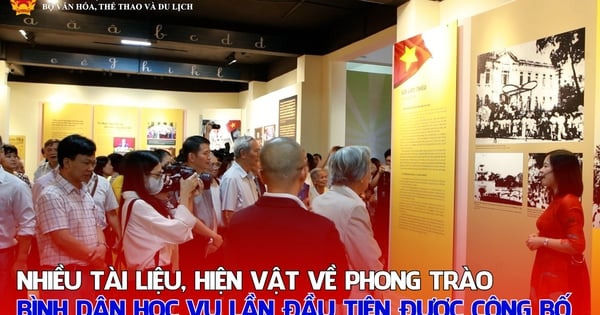

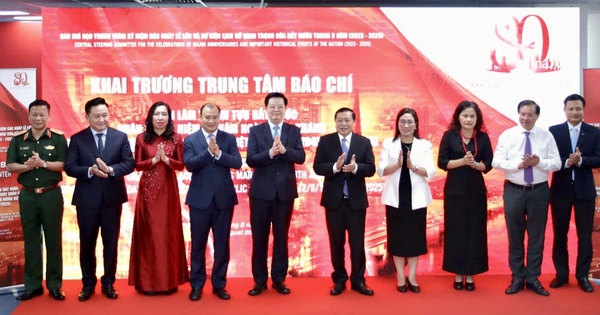




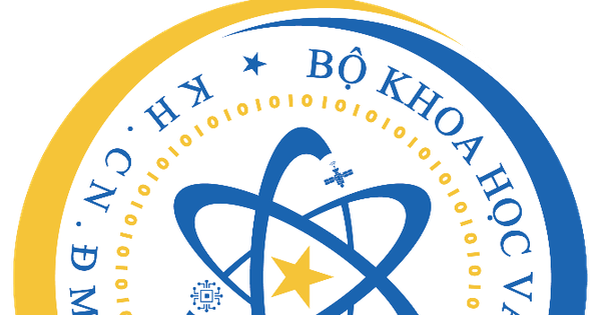

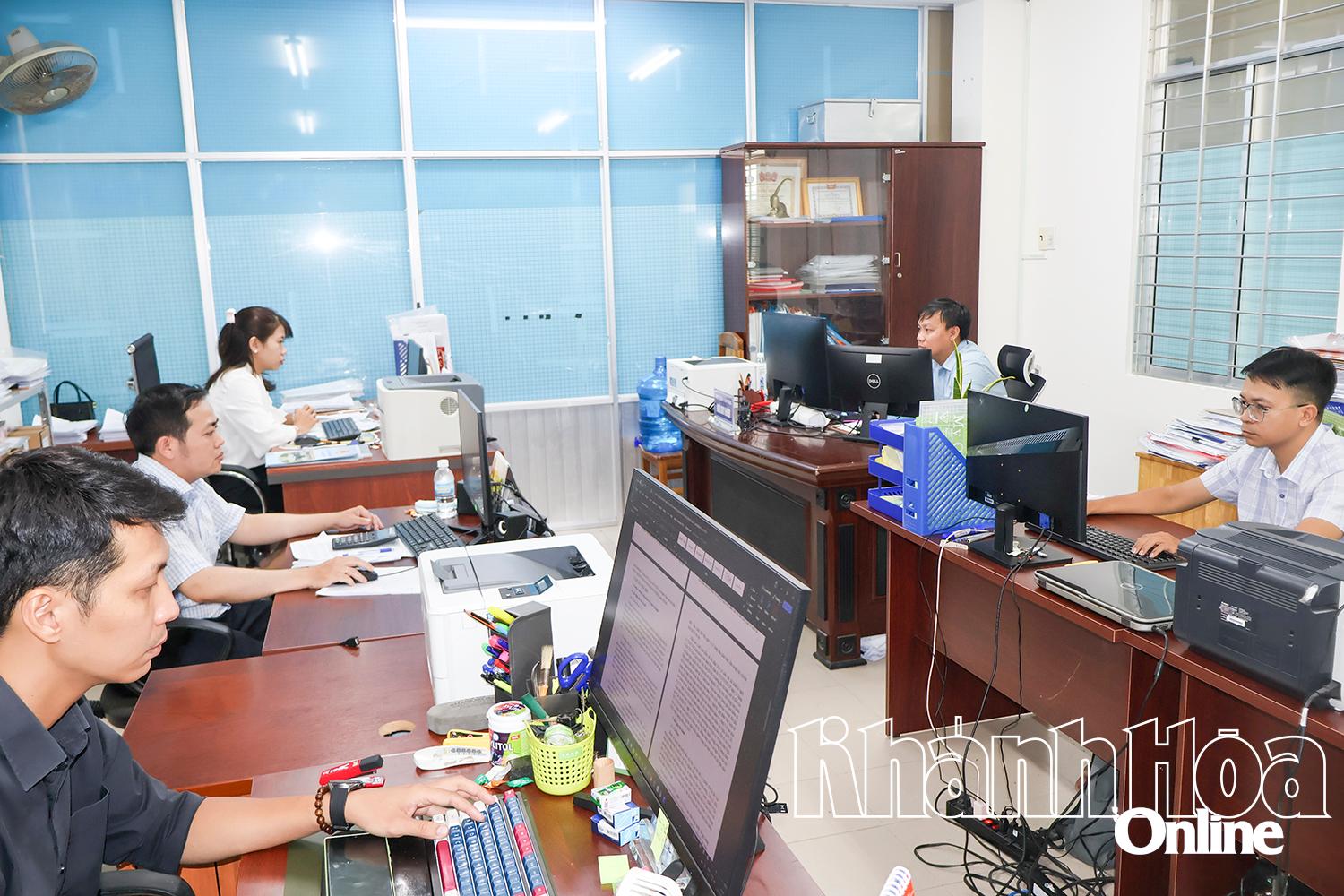





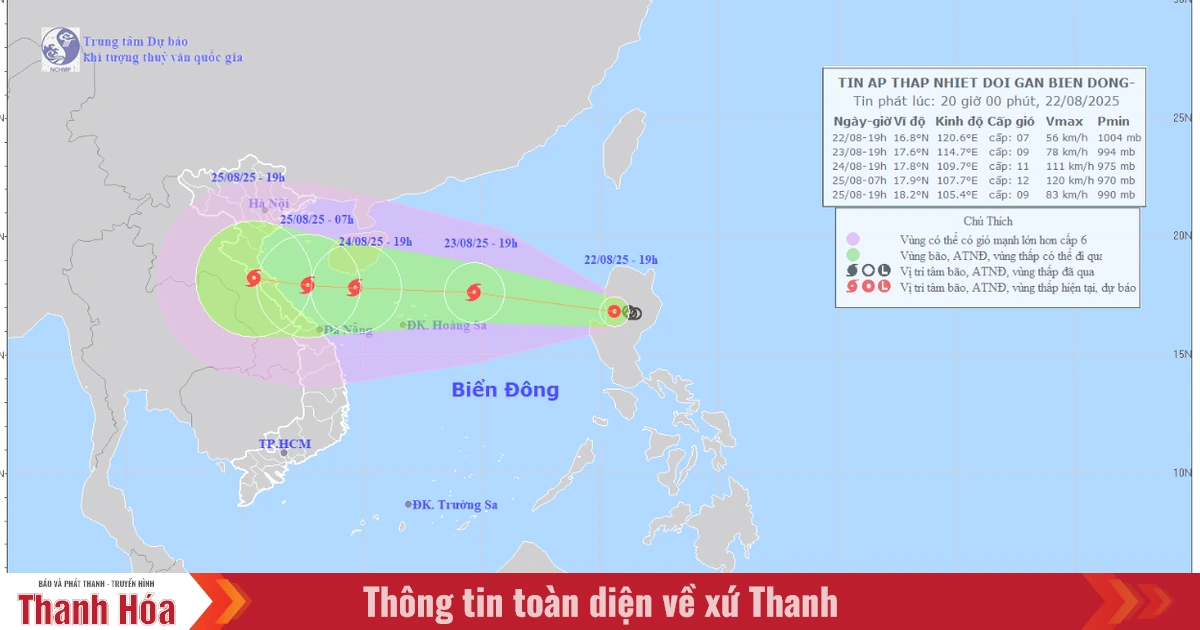














Comment (0)